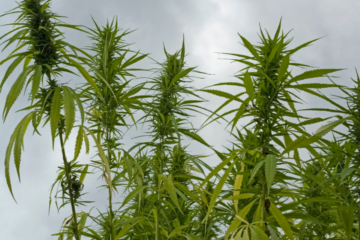In the burgeoning cannabis industry, the environmental impact of indoor cultivation is coming under scrutiny. A recent study compares the greenhouse gas emissions from indoor cannabis production in Canada and the US, revealing significant differences influenced by regional climates and energy sources.
The Greenhouse Gas Emissions Study
A McGill University researcher has spearheaded an investigation into the “global warming potential” (GWP) of indoor cannabis operations in Canada, measured in kg CO2 per kg of dried cannabis flower. This study is a pioneering effort to juxtapose Canadian data with that of the US, where such emissions have been previously analyzed.
The findings indicate that Canadian cannabis production generally has a higher rate of emissions, largely due to the colder climates necessitating more heating in indoor facilities. The efficiency of each province’s electrical grid also plays a role, with British Columbia emerging as the most efficient due to its milder climate and cleaner power grid.

Regional Variations and Solutions
The study highlights stark regional disparities within Canada. Alberta, for example, has the highest GWP among the provinces, attributed to its colder climate and a power grid that relies more on emissions-heavy sources to maintain grow room temperatures.
The research suggests that switching to electric heating in provinces like Alberta and Quebec could significantly reduce GWP. It also proposes consumer incentives to choose less carbon-intensive products, potentially steering the market towards more sustainable practices.
The Path Forward for Cannabis Cultivation
As the cannabis industry continues to grow, this study underscores the need for sustainable cultivation practices. It calls for a balance between meeting consumer demand and minimizing environmental impact, urging producers, especially in less efficient regions, to adopt carbon-reducing strategies.
The research sets the stage for a broader conversation about the carbon footprint of cannabis and the role of policy in shaping a greener future for the industry.




